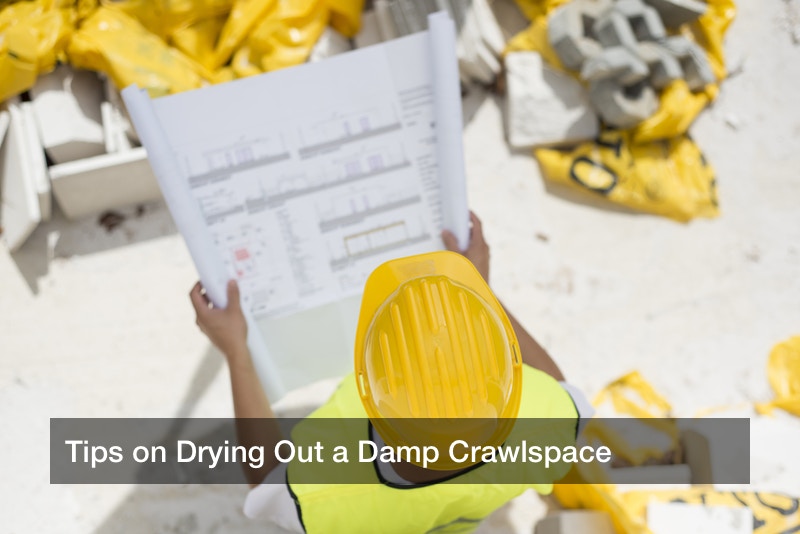
A crawl space can be described as the space between the ground and the first floor of the house. Typically, not every house has a crawl space. Ideally, the space is called a crawl space simply because it is often between 1 to four feet-just enough for someone to crawl inside. There are many reasons why many homeowners dread a damp crawl space. Unfortunately, there is still a significant number of homeowners have zero experience in basement waterproofing. If you have a crawlspace in your house, it is extremely important that you understand how to keep your crawl space dry. For starters, not undertaking crawl space insulation means that this space will become the perfect breeding ground for mildew and mold. Termites too are attracted to damp spaces not forgetting other vermins that are prone to dark spaces. In some instances, the dampening of crawl spaces is inevitable and could be as a result of natural causes. However, mitigating measures such as crawl space waterproofing, crawl space insulation and moisture removal can ensure that you have a dry basement. Below are tips on how to keep your crawlspace dry.
Insulate Your Foundation
When we talk about crawl space insulation, we are talking about insulating parts of the foundation that are exposed to air and moisture. This is best done using the 1.5 inch rigid insulation that somehow creates a crawl space vapor barrier. Most people prefer using tape that disallows water and vapor from passing through. In order to further prevent moisturized airflow, try and insulate the rim joists of your foundation walls.
Use a Dehumidifier
Over the years, dehumidifiers are increasingly becoming a popular option for most people owing to their success rate in drying crawl spaces. Today, there are many dehumidifiers that are commercially designed for the purpose of crawl space insulation and drying. However, you do not have to use commercial grade dehumidifiers for the job especially even your crawl space is not that wet. In such instances, a household dehumidifier will suffice. What you only need to do is to plug in the dehumidifier and allow it to run for several others. After some time, you will realize that the amount of moisture in the crawl space will have significantly reduced.
Cover the Crawlspace Floor
Another effective method of crawl space insulation is to cover the floor of the space with a material known as a moisture barrier. Doing this will save you from having to initiate other crawl space moisture removal measures in future. A moisture barrier is a heavy duty plastic that prevents moisture from seeping into your crawl space. Ideally, the thicker the material, the better. When installing a moisture barrier, try and have this material in runs. There is always the likelihood of accidental holes during the installation. These should not worry you as they do not reduce the effectiveness of the moisture barrier. As long as there are no major gaping holes, the barrier will work just fine.
It is understandable why crawlspaces are a major concern to homeowners. Considering that some people don’t even realize the extent of damage to the house by termites due to damp crawl holes, completely ignoring this part of the house can have disastrous results. This is the reason why you should always ensure that proper preventive measures are undertaken in order to keep the crawlspace dry. The costly damage of a damp crawl hole is unimaginable. You do not even need to hire professional help for crawl space insulation. These are simple tasks that can save you from a lifetime nightmare after the damage has already been done. By following the above tips, you can be sure that your crawlspace will remain dry.
